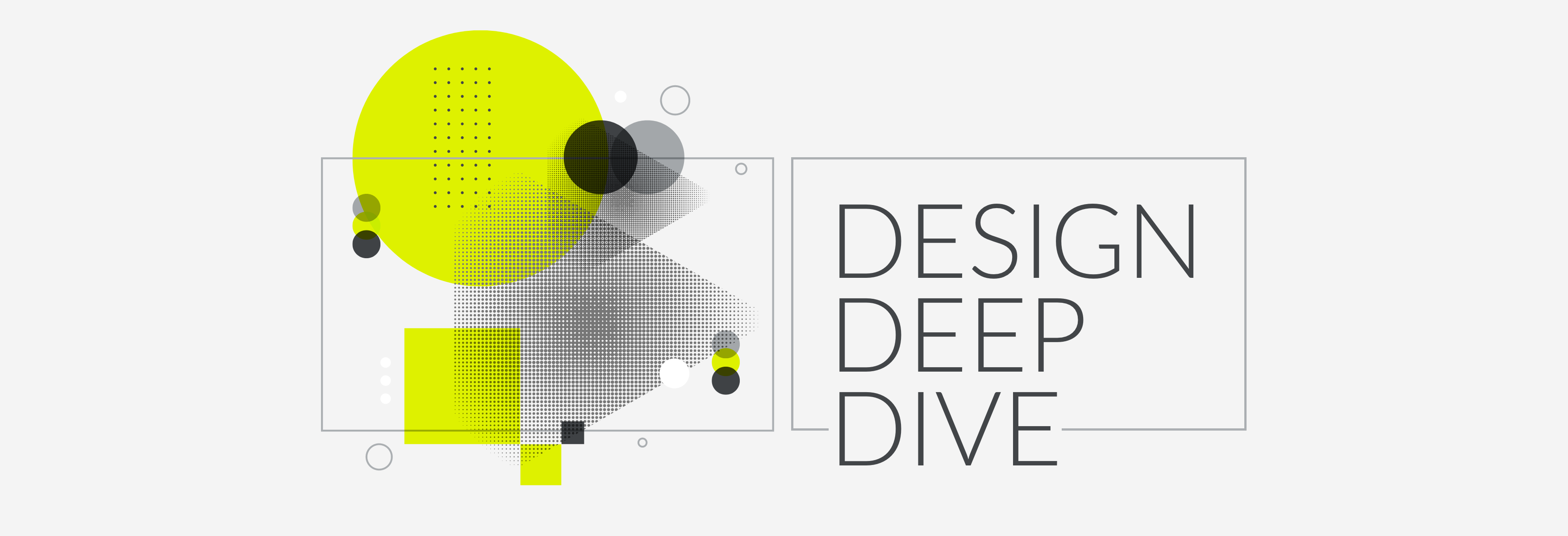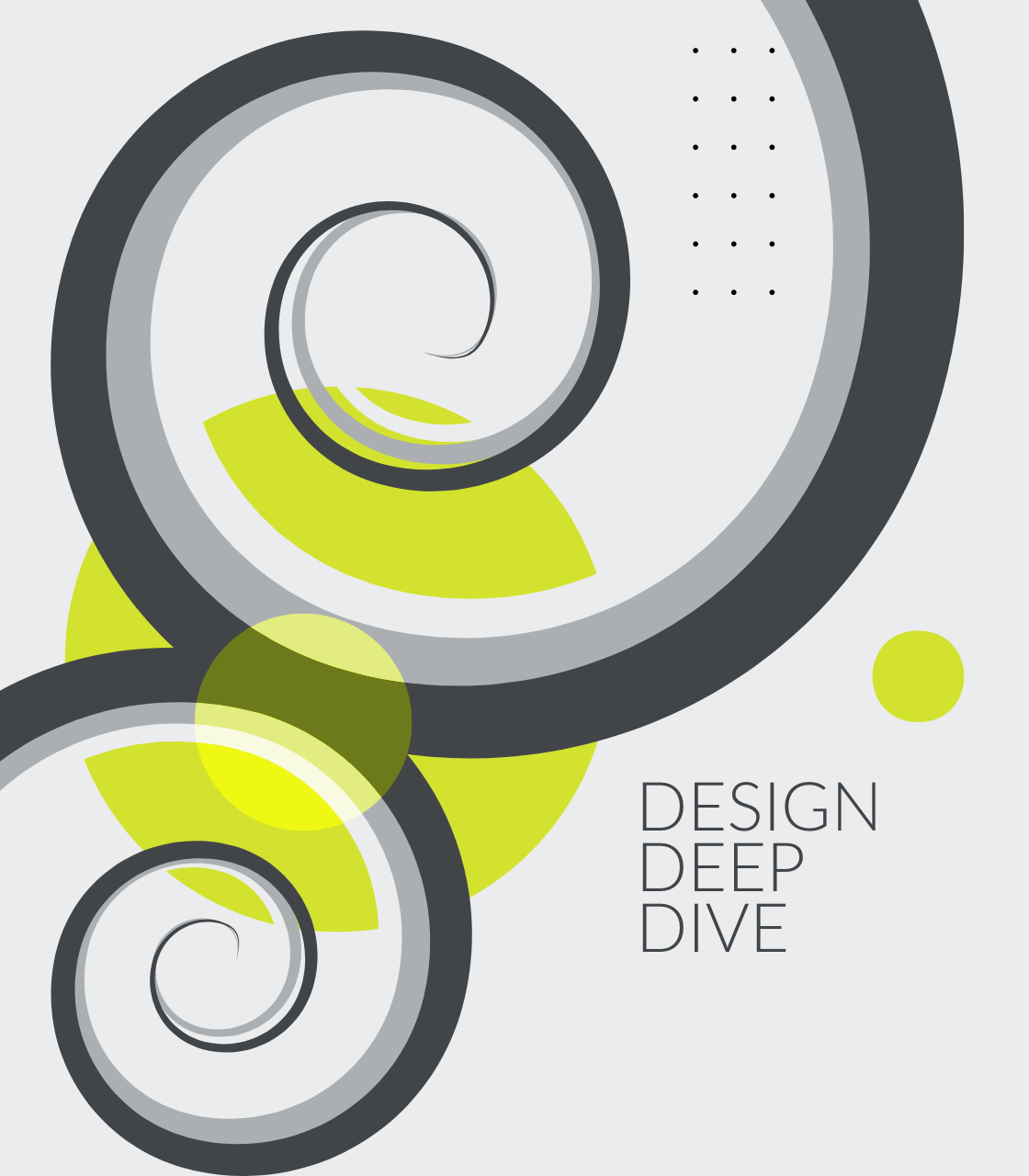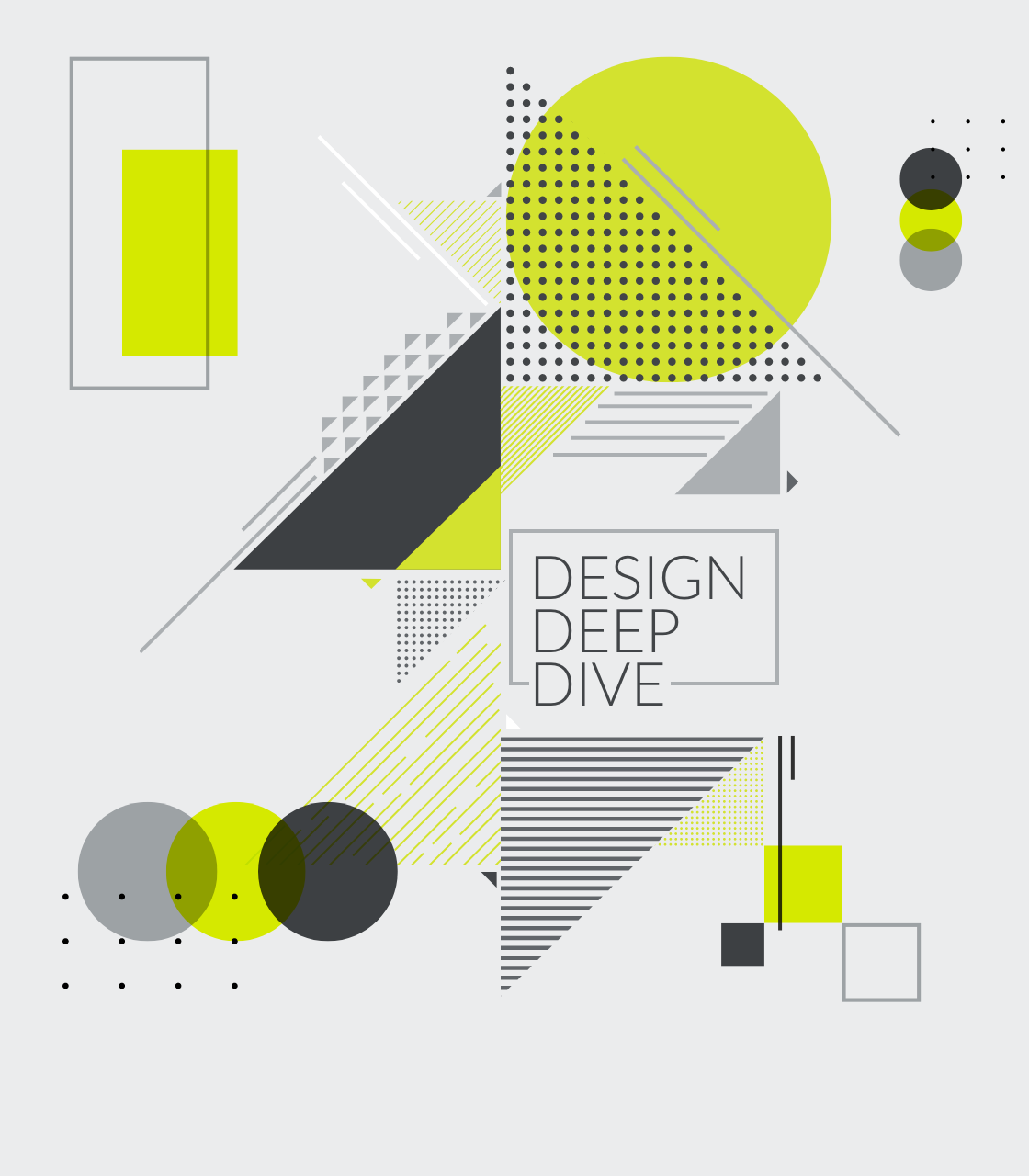
Buzz / 05 17, 2023
THE POWER TRIO OF DIGITAL PRODUCT DESIGN: ARCHITECTS, DETECTIVES AND ARTISTS
Welcome to the world of digital product design, where creativity meets strategy, and innovation meets user needs.
In this dynamic and ever-evolving field, there are often three key players who work together to craft the digital products that shape our lives: the architects, the detectives, and the artists.
These three roles – product designers, UX designers, and UI designers – bring a unique set of skills, perspectives, and attitudes that are essential for creating products that stand out, engage users, and deliver business value.
Product Designers: The Architects
Product designers are like the architects of a digital product.
They are responsible for designing the blueprint of the product, ensuring that it’s feasible, valuable, and aligned with the business goals. They have a helicopter view of the project, constantly juggling between strategic decisions, user needs, and technical constraints.
Product designers are the ones who set the tone, establish the vision, and make the tough calls. They’re the ones who take the lead and navigate the product through uncharted waters.
Product Designer Traits
- Strategic thinking: they need to be able to see the big picture and understand how the product fits into the company’s overall strategy.
- Project management: they need to be able to manage timelines and budgets to ensure that the product is launched on time and within budget.
- Collaboration: they need to be able to work with cross-functional teams, including UX designers, UI designers, developers, and stakeholders, to ensure that the product is successful.
UX Designers: The Detectives
UX and UI Design often get thrown into the same category; however, there are several differences in their goals, roles and strengths that separate these two areas.
UX designers are like the detectives of a digital product.
They are responsible for solving the mysteries of user behavior and motivation.
They conduct extensive research, analyze data, and empathize with users to understand their pain points, aspirations, and habits. UX designers are the ones who discover the insights, generate the ideas, and test the prototypes.
They’re the ones who connect the dots and craft the user journey that delights and satisfies.
UX Designer Traits
- Empathy: they need to be able to put themselves in the users’ shoes and understand their needs and behaviors.
- User research: they need to be able to conduct research to gather insights into users’ needs and behaviors.
- Design thinking: they need to be able to use design thinking methodologies to generate ideas and iterate on design concepts.
UI Designers: The Artists
UI designers are like the artists of a digital product.
They are responsible for painting the pixels that bring the product to life.
They carefully choose the color palette, typography, and visual elements that reflect the brand personality and create an emotional connection with users.
UI designers are the ones who design the interactions, polish the details, and enhance the aesthetics. They’re the ones who add the flair and finesse that make the product stand out in a crowded market.
UI Designer Traits
- Visual design: they need to have a strong eye for design and be able to create layouts, color schemes, and typography that are visually appealing.
- Attention to detail: they need to be able to pay close attention to the details of the design to ensure that it is consistent and polished.
- Collaboration: they need to be able to work closely with developers to ensure that the final product looks and functions as intended.
While product designers, UX designers, and UI designers are essential roles in digital product design, it’s important to note that not everyone’s role will fit neatly into one of these categories.
In reality, many designers possess a blend of skills and experiences that span across these three areas, and there are also other specialized roles, such as interaction designers, visual designers, and content designers, that can contribute to the digital product design process.
Additionally, the size and complexity of the project can also impact the distribution of roles and responsibilities. For example, in a small startup, one designer may need to wear multiple hats, while in a large corporation, there may be a dedicated team for each role.
Ultimately, what matters most is the collaboration and communication between designers, regardless of their specific roles, to ensure that the product is well-designed, user-friendly, and achieves its intended goals.
Want to know more about how our team can help your with your digital product design needs? Contact us today!



